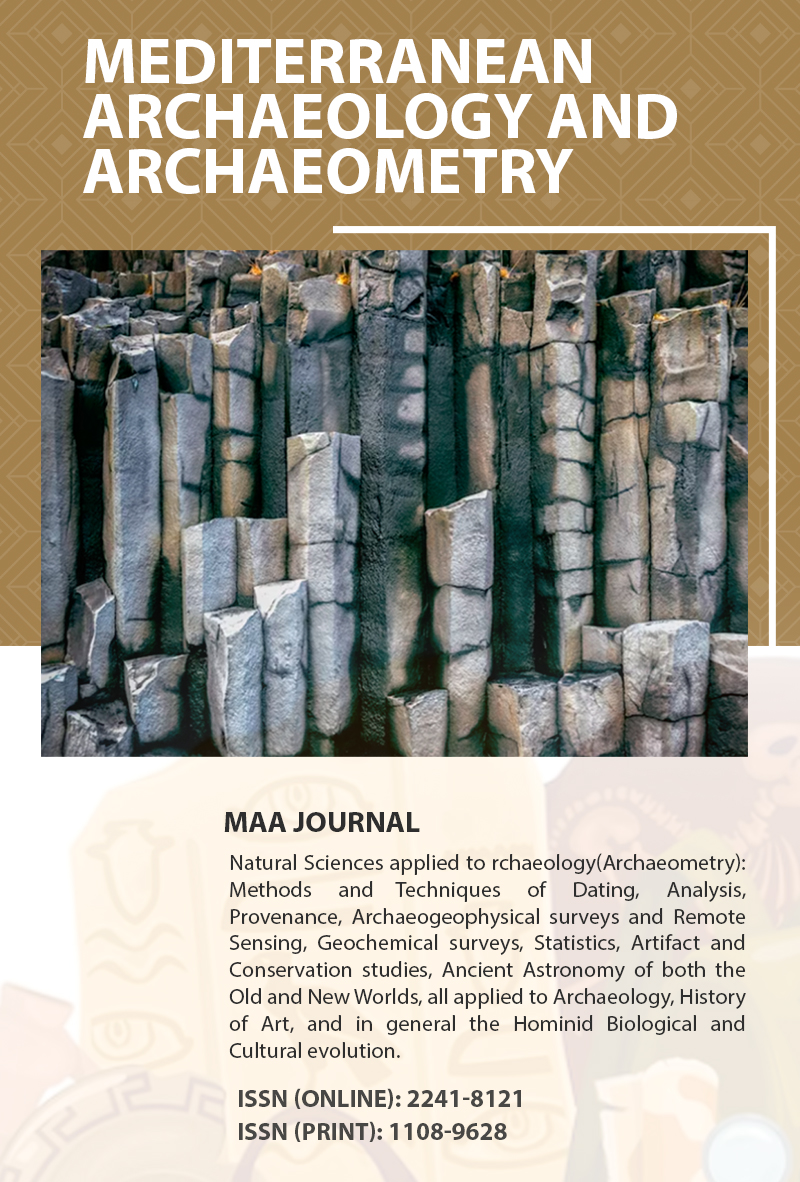The Remote Sensing Path to Virtue: Mapping Confucian Education Through the Lens of Archaeology
Main Article Content
Abstract
This thorough investigation uses archaeology to uncover the nuanced elements of Confucian schooling. The study discovers intriguing results using a thorough methodology that incorporates geographical analysis, archival research, and regression analysis. The study reveals a strong association between later chronological periods and the abundance of Confucian educational sites in terms of temporal insights. This represents the Confucian educational system's continuing strength throughout the ages, a narrative meticulously revealed via the preservation of ancient artefacts through archaeology. The importance of cultural context becomes clear, revealing the intricate connection between Confucianism and the environment in which it developed. The incorporation of Confucian principles into cultures and how they changed and evolved in response to cultural developments are clearly illustrated through archaeological artefacts and analysis. As archaeology brings real artefacts to life and provides glimpses into the instruments, writings, and lessons that molded previous generations of researchers, material culture assumes center stage. The study also investigates the intricate interaction between external forces and regional dynamics. The geographical elements and architecture that affected the foundation and expansion of Confucian educational sites are revealed by archaeology. In essence, this study emphasizes how crucial archaeology is to uncovering the treasures of Confucian education, protecting its heritage, and better understanding its continuing influence on society and education.

